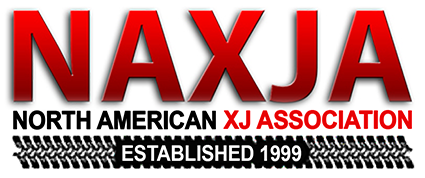Eagle,
Surprisingly enough that depth adjustment is mentioned in the haynes manual. I don't remember the section or page number, I'll have to look when I get home. They mention it in one of their photo captions showing how to properly gauge the split ring for depth in the knuckle. Of course this measurement is for the stock D30 axle.
However, after studying the .pdf from POR.....
The MAJOR difference here is that on a D30 (what I saw during my ball joint fun) the split ring threads into the bottom of the knuckle itself. The ball joints are pressed into the yoke and not the knuckle. On his axle and according to the .pdf he reffered to, the split ring threads into the axle yoke itself, and the ball joints are pressed into the knuckle. The design of this axle has "both" ball joints being the load bearing joints.
On the D30 only the bottom ball joint is load bearing because it is pressed in from the bottom. The top one is pressed in from the top and would pop out if it had to bear load. It's as though the mounting system is completely upside down on his axle but it makes sense looking at the picture, I can see how it is a bit more rugged than a D30. I digress...
On his axle he must torque down the bottom ball taper FIRST and then torque the split ring itself into the yoke and onto the taper for the upper ball joint. If the split ring is breaking I'd say there's either a quality defect in their manufacture or there's a different problem, i.e. threads binding in the yoke or the 4 prong tool is defective.
This leads me to my question for KarmirXJ:
Is the 4 prong split ring tool a quality tool? (not homemade from an old socket) homemade will work for an application like the D30 where you set it and forget it. In your application it is very important for the tool to engage all 4 bosses on the split ring simultaneously to transfer all the torqing forces equally or it will bind and crack. You could probably lube (very lightly) the threads with grease to help also, but before installing any split ring it should be tested for binding in the threads. When you thread the ring in it pushes down against the upper ball joint taper spreading the ring apart making it harder to turn, 70FtLbs should build up quick. Care should also be taken to make sure the taper is going into the ring very straight. Then when you crank down the top nut (100FtLbs) you force the taper into the ring even tighter.
Mark

